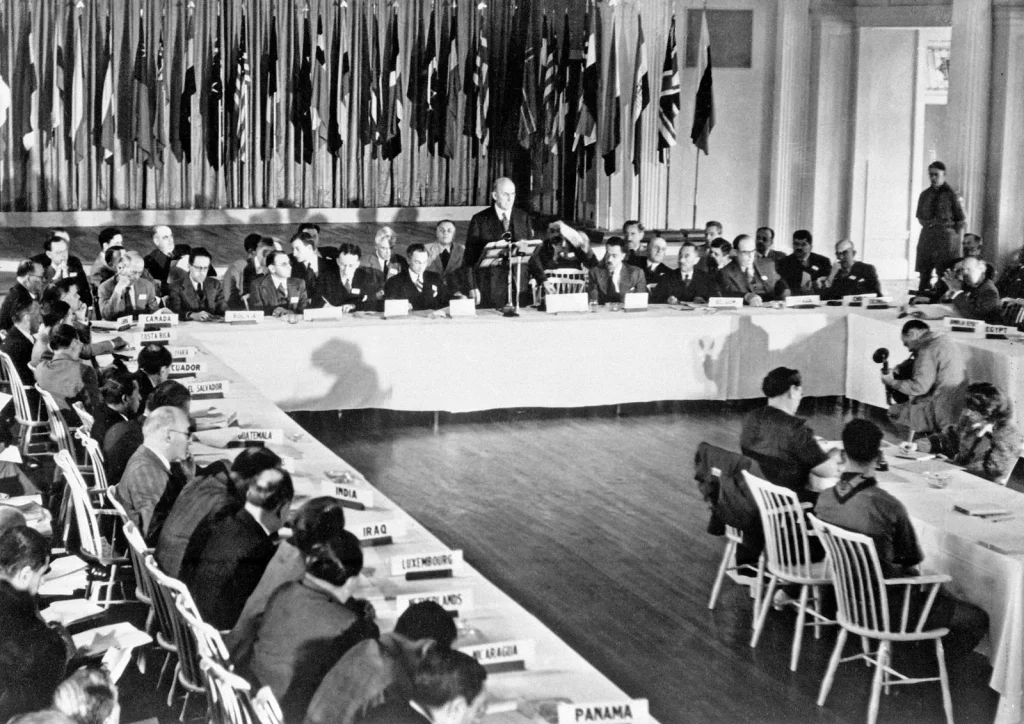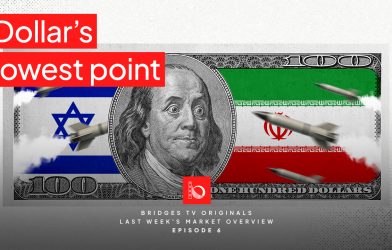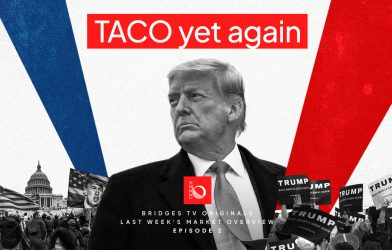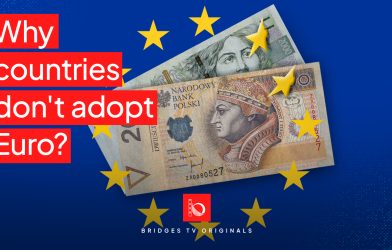The gold standard has been dead for more than half a century, but it refuses to rest in peace. Politicians still invoke it as a symbol of fiscal discipline. Economists still debate whether the world was more stable when currencies were tied to gold. And ordinary people still wonder whether money backed by a precious metal would protect them from inflation. For a system that officially ended in the 1970s, the gold standard continues to cast a long shadow over modern economic thinking.
What the Gold Standard Actually Was
The gold standard was a monetary system in which a country’s currency was directly linked to a fixed quantity of gold. Under this arrangement, governments agreed to convert paper money into gold on demand, and the value of each currency was determined by how much gold it represented.
The system emerged gradually in the 19th century as global trade expanded. Britain formally adopted the gold standard in 1821, followed by much of Europe and North America by the early 1900s. This created a period of remarkable stability in exchange rates. A pound, a dollar, or a franc all had precise gold equivalents, which made international trade and investment predictable.
For example, under the classical gold standard (1870–1914), one British pound equaled about 7.32 grams of gold, and one U.S. dollar equaled 1.5046 grams. Central banks were required to hold gold reserves sufficient to redeem their currencies. The system constrained how much money governments could print, theoretically keeping inflation in check.
Stability and Strain
Supporters of the gold standard often remember it as an age of financial discipline and long-term price stability. In many respects, that is true. From the late 19th century until World War I, inflation across advanced economies was minimal, and global trade grew rapidly under the predictability of fixed exchange rates.
But stability came at a price. Because each country had to maintain gold reserves, the system left little room for flexibility during economic downturns. When recessions struck, governments could not easily expand the money supply or cut interest rates to stimulate growth, as doing so risked depleting their gold reserves.
The Great Depression exposed this rigidity. In the early 1930s, countries that maintained the gold standard, such as the United States and France, suffered deeper and longer downturns than those that abandoned it earlier, such as Britain. Economist Barry Eichengreen famously described the gold standard as “a golden fetter,” one that bound governments from responding effectively to crisis.
The Fall of the Golden Rule
After World War II, the world briefly tried a modified version known as the Bretton Woods system (1944–1971). In it, major currencies were pegged to the U.S. dollar, and the dollar itself was convertible into gold at $35 per ounce. The idea was to preserve the stability of gold while giving more flexibility to national economies.

Yet even this compromise could not last. By the late 1960s, America’s spending on the Vietnam War and social programs flooded the world with dollars. Foreign governments began demanding gold in exchange, and U.S. reserves ran low. In 1971, President Richard Nixon ended the dollar’s convertibility into gold, effectively closing the final chapter of the gold standard. Since then, global currencies have floated freely, backed only by the trust and credit of governments.
Why the Ghost Still Haunts Us
So why do economists and even politicians still talk about the gold standard? Because it represents something people still crave: monetary certainty in an uncertain world.
In times of inflation, debt crises, or financial instability, the gold standard becomes a nostalgic symbol of order. Advocates argue that returning to gold would limit reckless government spending and prevent central banks from printing too much money. They see gold as a safeguard against political manipulation and currency devaluation.
However, most economists disagree. They argue that tying money to gold would make economies far less adaptable. Modern monetary policy depends on flexibility, the ability of central banks to adjust interest rates, inject liquidity, and support growth during shocks. A return to gold, they warn, would mean surrendering that flexibility and risking prolonged recessions, just as in the 1930s.
Still, the idea persists. During periods of rapid inflation, like the 1970s or the early 2020s, the ghost of the gold standard reappears in public debate. Gold itself, meanwhile, remains a psychological anchor for value. Even without a formal system, central banks still hold thousands of tons of gold as reserve assets, and investors often flock to it when confidence in paper currencies falters.
The Lessons of a Lost Era
The story of the gold standard is ultimately about the tension between discipline and flexibility. While the world has moved on to fiat money, the lessons of gold remain relevant. Too little control leads to inflation and debt crises, while too much control stifles growth and innovation.
Today’s central banks walk that fine line every day, using interest rates and quantitative easing in place of gold convertibility. The instruments have changed, but the fundamental question remains the same: how to preserve trust in money while keeping economies resilient.













